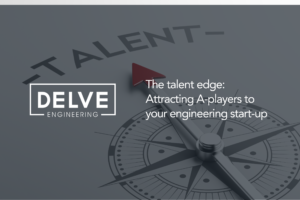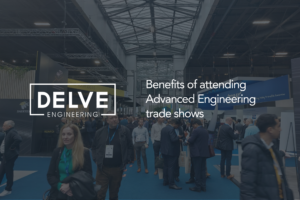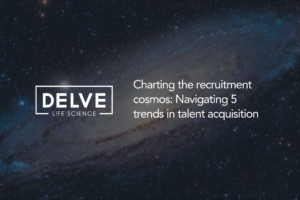You Do What You Eat - Tapping In To Your Second Brain

‘With a sophisticated neural network transmitting messages from trillions of bacteria, the brain in your gut exerts a powerful influence over the one in your head’.
Millions of partners, friends and family members across the world are finding themselves in a polarised predicament with big decisions to make. Always together or always apart?
I find myself in the latter and I have friends facing the former. Either way, the ‘happy medium’ and ‘healthy balance’ we strive for in our personal relationships has never seemed further away or is too close for comfort.
This isn’t an article about relationship advice.
I felt, like many others, depressed and defeated with the situation. However, I told my partner that I just had a feeling that things will be great again and we need to keep on keeping on… a feeling that this pain will all be worthwhile even though the end isn’t in sight just yet. I made a decision based on my gut feeling and it felt right.
My partner has a mild addiction to TED talks and so was immediately on YouTube checking out what experts were saying about gut feelings and relationships.
What she stumbled across was actually even more interesting and relevant than what we were expecting…
https://www.youtube.com/watch?v=awtmTJW9ic8
I found out that:
– The gut is responsible for upwards of 80% of our body’s serotonin production aka your organic happy drug and natural anti-depressant.
– We have more neurons in our gut than in our spinal cord.
– Our brain (CNS) and gut (ENS) communicate with one and other. This is known as the ‘Gut-Brain Axis’.
– Our ENS or ‘second brain’ can operate and think completely independently of our CNS and influences our mood, emotion and mental wellbeing.
– Our microbiome, the symbiotic bacteria that live in our gut, outnumber all of our body’s own cells by 10 to 1.
– Our gut doesn’t just help us digest food and harness energy, but also fight diseases and infections by boosting our immune systems.
I started to try to comprehend how my gut, something associated with the ‘messy’ emotive work, could be playing a masterful role in my mental wellbeing, ability to fight off infections and key decision making: three key challenges we’re all facing during these times of uncertainty.
It sounds obvious now, but I do feel more energised, motivated and cheerful when I eat a healthy, mixed diet. I always presumed this was my brain telling my body I’d been good, not the other way around. I always associated getting ill after a big holiday with ‘dirty aeroplane air’. The fact is the air on a plane is filtered and is particularly clean as a result. It’s more likely that binging on alcohol and unhealthy food whilst on holiday is what hampers my immune system by knocking my microbiome off balance.
Ever really enjoyed eating a 12-inch pizza and drinking a full-sugar Coca Cola at the time but felt depressed later on?
I’ve found it so helpful to follow really good tips for keeping my mind active and at ease with home exercise routines, reading and keeping in touch with friends and family via Zoom or Skype. I’m now sharing my focus on how to best look after my gut in order to keep my mind happy and ensure my immune system is fighting fit so that I’m in the right place to hit the ground running once lockdown and social distancing restrictions are lifted.
Decision making is crucial. We can’t rely too much on what’s happened in the past when what we’re facing is unprecedented, inconsistent and unpredictable. The decisions you make over the coming weeks, months and rest of the year could be magnified as our surroundings are uncertain. Some hiring managers are being proactive, others are pausing completely. The best candidates are more easily approachable than ever, but they need more reassurance. Businesses are consolidating and some are gaining a competitive advantage.
Keep a healthy gut and go with it. If you gut is saying you’d like some advice on your hiring strategy then give us call – no obligation.
https://www.ncbi.nlm.nih.gov/pmc/articles/PMC4367209/
https://www.scientificamerican.com/article/gut-second-brain/
Share This Recent Articles

Strategies for addressing employee retention in the workplace

The Talent Edge: Attracting A-Players to Your Engineering Start-ups

Dresden’s rise: TSMC semiconductor factory and its impact on job market attractiveness

5 Opportunities beyond research in Life Sciences

Benefits of attending Advanced Engineering trade shows










